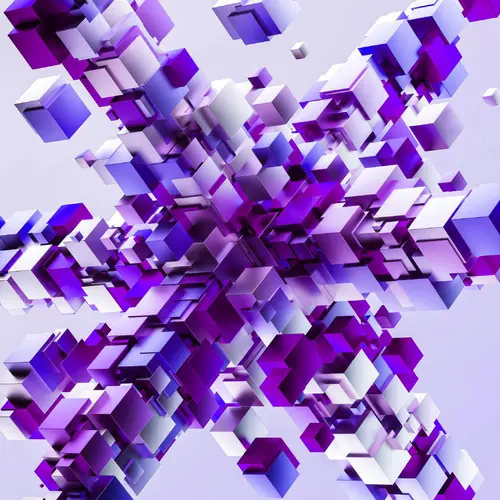
Pouya Bashivan
Biography
Pouya Bashivan is an assistant professor in the Department of Physiology at McGill University, a member of McGill’s Integrated Program in Neuroscience, and an associate academic member of Mila – Quebec Artificial Intelligence Institute.
Before joining McGill University, Bashivan was a postdoctoral fellow at Mila, where he worked with Irina Rish and Blake Richards. Prior to that, he was a postdoctoral researcher in the Department of Brain and Cognitive Sciences and at the McGovern Institute for Brain Research at MIT, where he worked with James DiCarlo.
He received his PhD in computer engineering from the University of Memphis in 2016, and his BSc and MSc degrees in electrical and control engineering from K.N. Toosi University of Technology (Tehran).
The goal of research in Bashivan’s lab is to develop neural network models that leverage memory to solve complex tasks. While we often rely on task-performance measures to find improved neural network models and learning algorithms, we also use neural and behavioral measurements from humans and other animal brains to evaluate the similarity of these models to biologically evolved brains. We believe that these additional constraints could expedite the progress towards engineering a human-level artificially intelligent agent.


